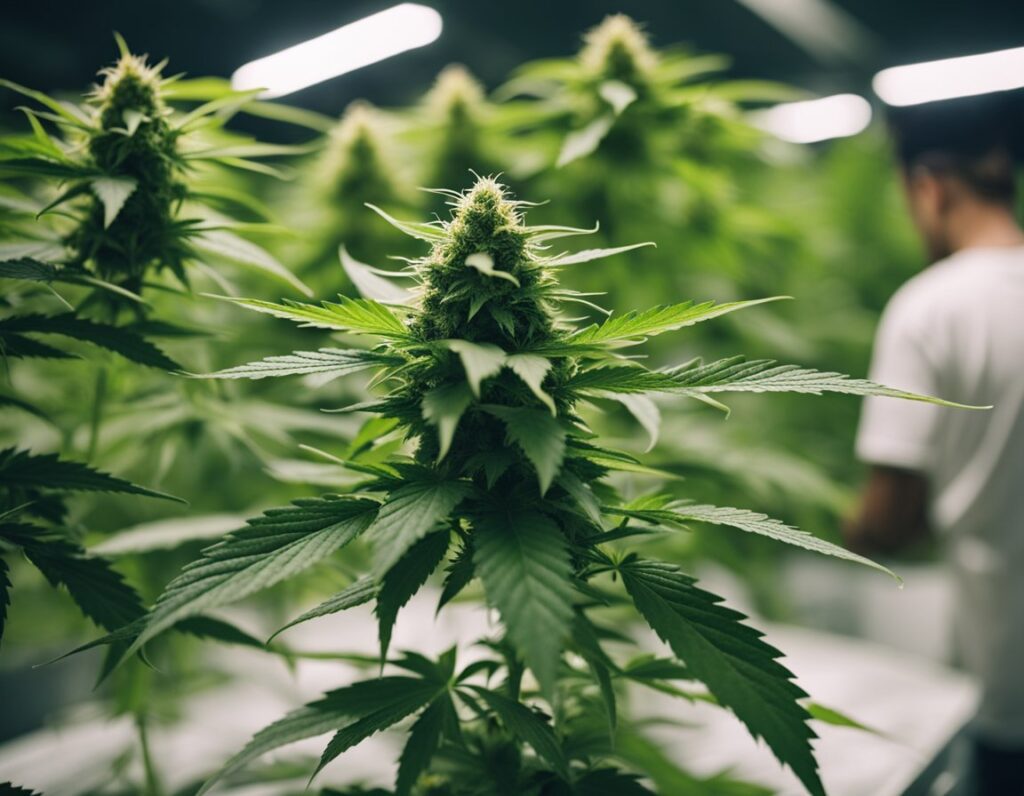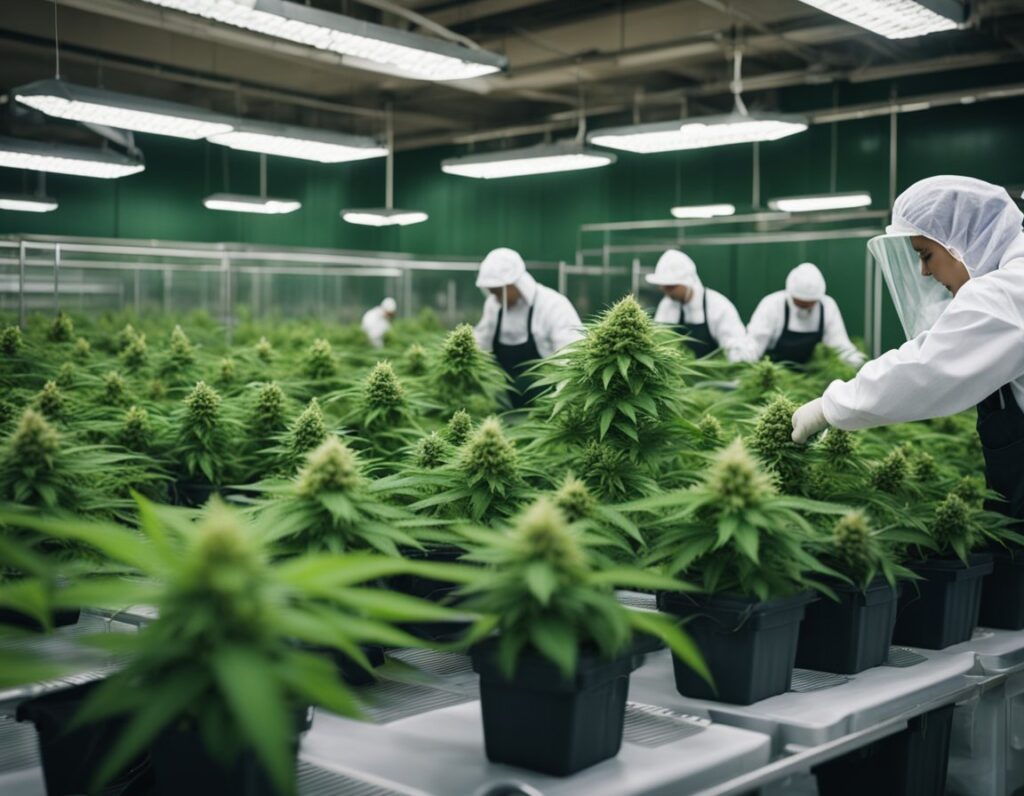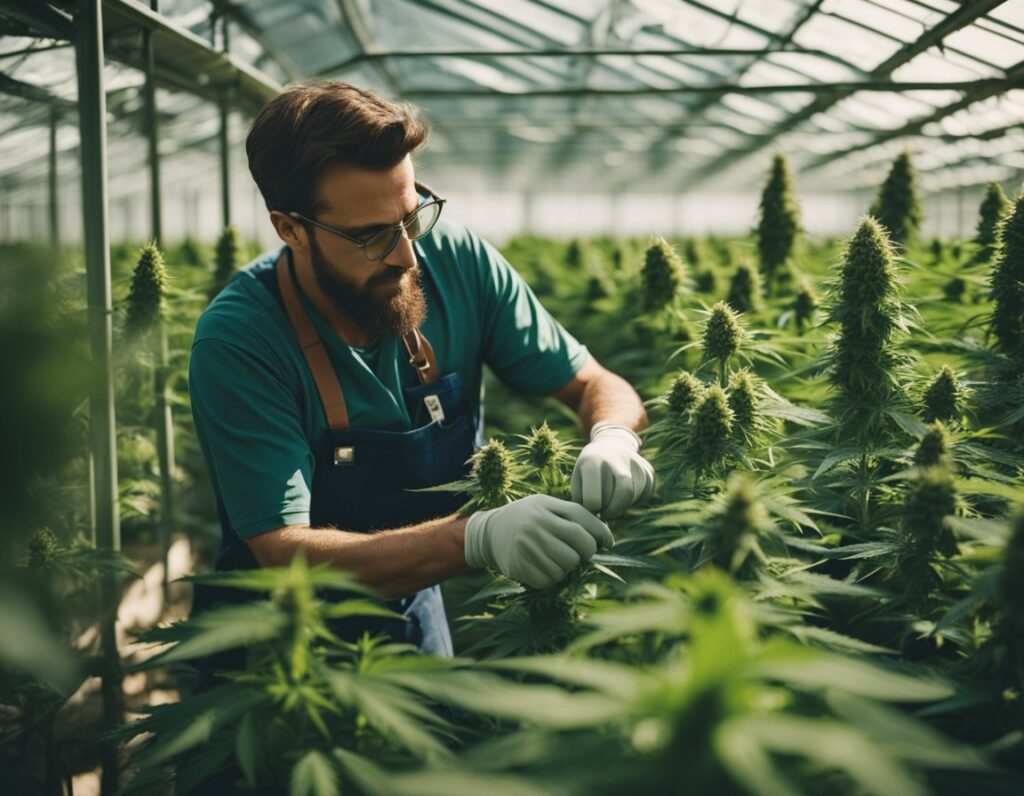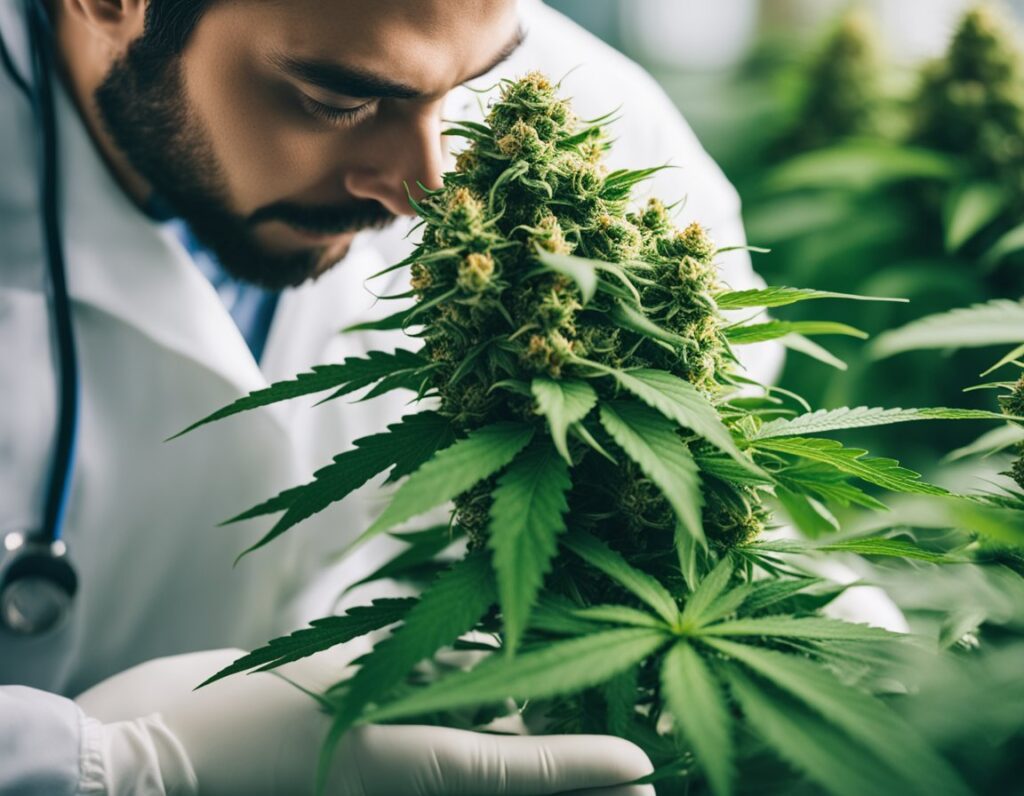
Understanding how to harvest cannabis in Vancouver best practices is essential for maximizing yield and potency, especially when growing from marijuana seeds Vancouver. The cannabis plant is a complex organism with distinct features and compounds that significantly affect its growth and end products. By examining the anatomy, the chemical compounds present, and the role of trichomes, you will gain a clearer understanding of this unique plant.
The cannabis plant consists of several key components, each serving a critical function. The main structures include the roots, stem, leaves, and flowers.
Healthy development of these parts is crucial for maximizing yield and potency.
Cannabinoids and terpenes are essential chemical compounds found in cannabis. Each plays a different role in the plant’s effects and aroma.
The combination of cannabinoids and terpenes creates what is known as the “entourage effect,” influencing how the cannabis feels when consumed.
Trichomes are tiny, hair-like structures found on the surface of cannabis flowers and leaves. They serve multiple purposes crucial to the plant’s success.
Understanding trichomes allows you to determine the right moment for harvesting and to maximize the quality of the final product.

Preparing for the harvest of your cannabis plants involves carefully evaluating the right time to harvest and implementing effective harvesting techniques. Knowing these factors ensures the best quality and potency, especially when considering the unique conditions for harvesting cannabis in Vancouver.
To determine the optimal time to harvest, closely observe the trichomes and pistils on your plants. Trichomes are the tiny, resinous glands that contain cannabinoids and terpenes.
The flowering time varies by strain, generally ranging from 8 to 12 weeks. Monitor your plants consistently as they approach maturity for the best timing.
Once the plants are ready, consider your harvesting techniques to maintain quality. Start by preparing your workspace to ensure cleanliness and efficiency.
Following these practices ensures your harvest is successful and retains the quality you desire.

Properly executing the harvest is crucial for maximizing the quality and flavor of your cannabis flowers. This process involves careful cutting and collecting techniques, followed by a choice between dry trimming or wet trimming that suits your preferences and goals.
Begin by assessing your plants. Look for signs that indicate readiness, such as the color of trichomes and the curling of sugar leaves. Use sharp, sterilized scissors or shears to cut branches of the cannabis plant.
It’s advisable to cut the branches individually rather than harvesting the entire plant at once. This allows for better handling and inspection. As you cut, place the buds swiftly into a collection container to minimize exposure to light and air. This helps preserve their potency and flavor.
Make sure to work efficiently but carefully, as handling the flowers with care reduces the risk of damage. Employ quality control measures to check for imperfections or mold during this stage.
Choosing between dry trimming and wet trimming largely depends on your desired outcome and handling preferences.
Wet trimming involves trimming the buds immediately after cutting, removing fan leaves and excess foliage while the plant is still fresh. This method can enhance the curing process, as it improves airflow. It also helps maintain the appearance of the buds but is more labor-intensive.
Dry trimming, on the other hand, allows you to hang the whole plant or large branches for drying before trimming. This method can lead to a more refined flavor profile but may introduce the risk of less precise trimming.
Both techniques have their merits, so consider your workflow and product goals when making a decision.

Effective post-harvest processes are essential for maximizing yield and ensuring the quality of your cannabis. Two key stages in this process are drying and curing, each contributing significantly to the final product’s characteristics.
The drying stage is crucial for reducing moisture content in cannabis flowers. Aim to maintain relative humidity between 50-60% and temperatures around 60-68°F (15-20°C) for optimal drying conditions.
Proper airflow is vital during this stage to prevent mold growth. Hang your cannabis buds in a dark room with good ventilation. Keep the flowers spaced apart to allow air circulation.
Monitor the flowers regularly. Signs of adequate drying include a crisp exterior while the stems should snap rather than bend. This process typically lasts 5-14 days, depending on environmental conditions and bud density.
After drying, curing is the next critical stage that enhances flavor and potency. Store your dried cannabis in airtight containers, such as glass jars, to control humidity levels. Keep them in a cool, dark place with temperatures around 60-70°F (15-21°C).
During the curing phase, open the jars daily for a few minutes to release excess moisture and allow fresh air in. This process should last from two weeks to several months, depending on your preferences for taste and aroma.
A well-executed curing process allows the buds to develop a smoother smoke and more nuanced flavors, ultimately improving the quality of your cannabis cultivation output.

Effective harvesting requires careful attention to detail to optimize your yield and maintain cannabinoid levels. Understanding the right timing and techniques can significantly impact the quality of your cannabis.
To achieve maximum yield and potency, focus on the flowering time of your strain. Most cannabis strains require a flowering period of 7 to 12 weeks. Monitor the trichomes closely; they should appear milky white for peak THC levels.
You can enhance potency by ensuring proper nutrient feeding during the final weeks of growth. A proper flush with water helps eliminate excess nutrients, improving flavor. After trimming, hang your cannabis upside down in a dark environment with controlled humidity.
Key factors:
Premature harvesting can dramatically impact your final product. This commonly occurs when growers are impatient or not aware of the optimal harvesting point.
To avoid this mistake, pay close attention to trichome development. Clear trichomes indicate immaturity, while amber trichomes suggest over-maturity and degradation of THC into CBN.
Waiting to harvest until most of the trichomes are milky, with some amber mixed in, is ideal for maximizing potency.
How to assess maturity:
Post-harvest quality control is crucial for maintaining the desired characteristics of your cannabis. Common mistakes include improper drying and curing, leading to mold and degradation in quality.
When drying, keep the environment dark, with temperatures between 60-70°F and humidity around 70%. Once dried, transfer the buds to curing jars, monitoring humidity levels during the process.
Conduct regular testing for potency and quality to ensure your product meets desired standards.
Quality control steps:
Harvesting cannabis involves specific practices and timelines that can significantly impact the quality of your yield. Below are answers to common inquiries regarding the harvesting process, including timing, appearance, and regulations.
The ideal time to harvest cannabis typically falls within a window of 7 to 12 weeks after the plant has begun flowering, depending on the strain. You can assess the trichomes using a magnifying tool; harvesting is optimal when they transition from clear to cloudy with a few turning amber.
When ready for harvest, cannabis plants should have vibrant green leaves, swollen buds, and a noticeable resin buildup. The pistils, or hairs on the buds, will also change color, often turning from white to a darker shade, indicating maturity.
The 3-day darkness method involves placing your cannabis plants in complete darkness for three days before harvesting. This practice is believed to enhance resin production, potentially increasing potency and flavor in the final product.
After harvesting, cannabis typically requires a drying period of about 7 to 14 days. Conditions such as humidity levels around 50-60% and temperatures of 60-70°F are ideal for effective drying without compromising quality.
In Vancouver, cannabis cultivators must adhere to specific regulations regarding pesticide use, strictly following the guidelines set by Health Canada. Only approved pesticides can be used, and it’s essential to ensure they are entirely compliant to maintain product safety.
We ship and deliver world wide via USPS and various couriers.
We offer a wide range of secure and anonymous online payment options.
We care about you, our customer. Please contact us with any questions or concerns.
Find out more about the benefits of being a loyal and regular customer.
WE ARE EVERY GROWERS ONE STOP SHOP TO ACQUIRE PREMIUM CANNABIS SEEDS FOR SALE IN THE USA, CANADA AND AUSTRALIA

Farmers Lab Seeds 2024, | All Right Reserved
Seeds are sold as novelty items, souvenirs, and collectibles. They contain 0% THC. We encourage our customers to check the legislation in their Country, State, Province, and Municipality prior to purchasing items from our store. We do not provide growing information.
All seeds are sold as hemp, and lab tested under 0.3% THC. This product is not for use by or sale to persons under the age of 21. This product should be used only as directed on the label. It should not be used if you are pregnant or nursing. Consult with a physician before use if you have a serious medical condition or use prescription medications. A Doctor’s advice should be sought before using this and any supplemental dietary product. All trademarks and copyrights are property of their respective owners and are not affiliated with nor do they endorse this product.
These statements have not been evaluated by the FDA. This product is not intended to diagnose, treat, cure or prevent any disease. Individual weight loss results will vary. By using this site, you agree to follow the Privacy Policy and all Terms & Conditions printed on this site. Void Where Prohibited by Law.